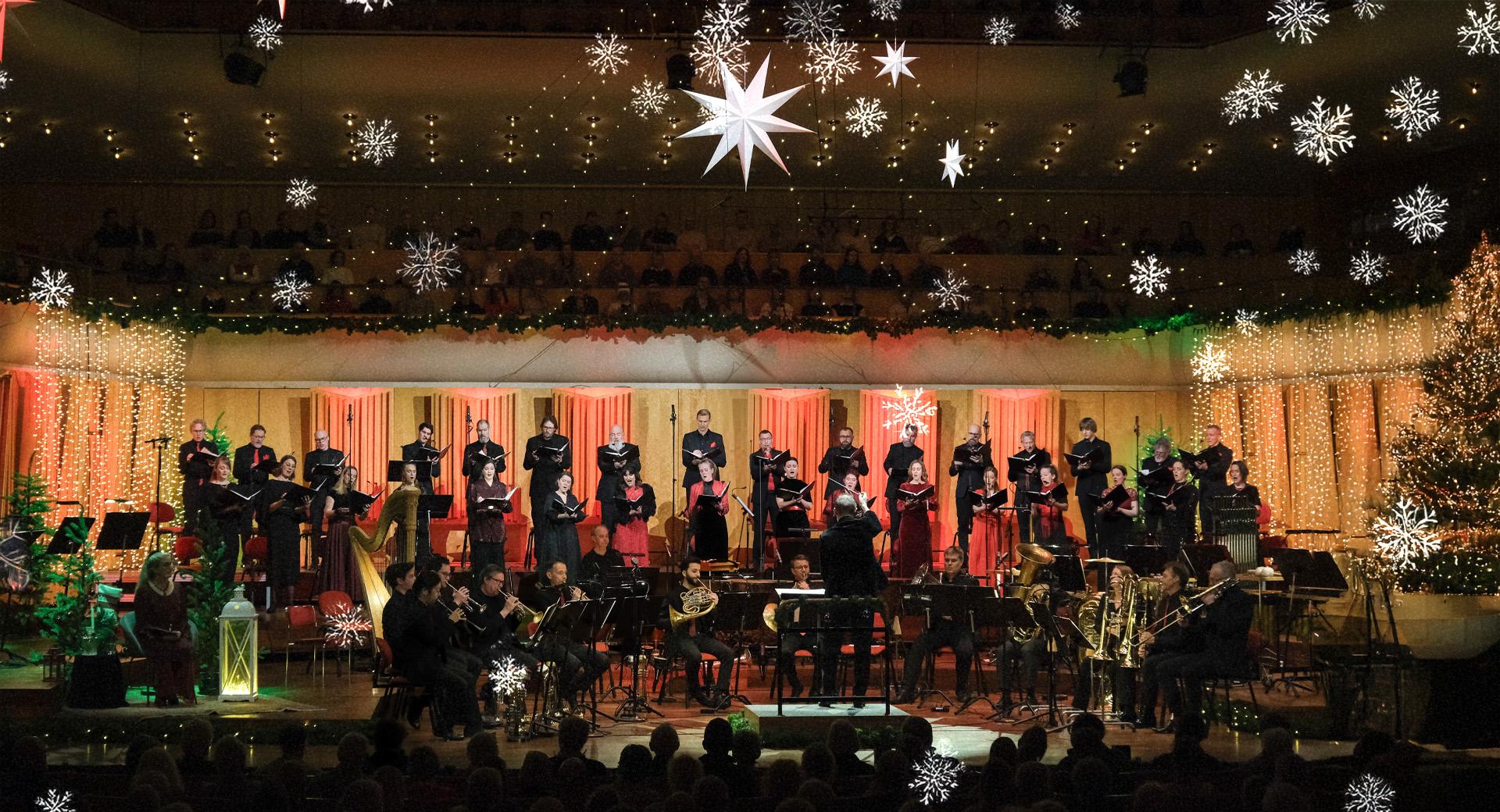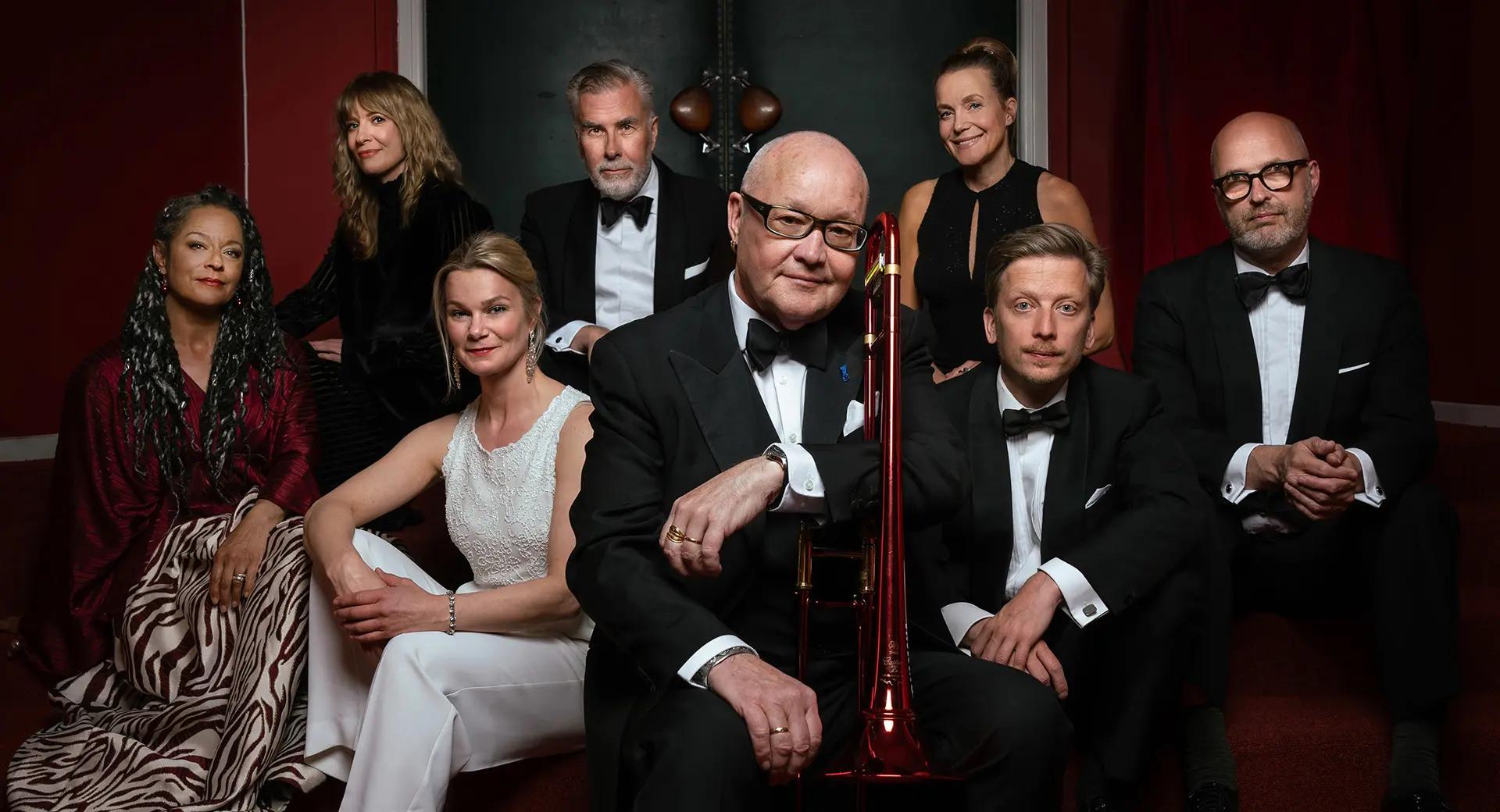Beethoven & Beamish with Biss
It was Jonathan Biss himself who commissioned Sally Beamish to write City Stanzas, in which she extracts stanzas from Beethoven’s first piano concerto and places them in a new context: the chaotic and transient urban environment. Beethoven’s Piano Concerto No. 1 in C Major resides in the borderland between classicist and romantic genius; there are strains of Haydn as well as of Eroica. That Richard Strauss saw himself as a genius, or at least a hero, is evident from his majestic Ein Heldenleben.
This production is part of one or more concert series.

Playing Beethoven’s five piano concertos is routine for established pianists today and American Jonathan Biss is no exception. Or is he? In any case, you could argue that by commissioning five new piano concertos from different composers, he takes it one step further, as the concertos must be inspired by Beethoven’s own. So, from British composer Sally Beamish, he commissioned a companion piece for Beethoven’s first piano concerto and Beamish describes how she twisted and turned Beethoven’s theme in her music.
City Stanzas from 2016, which incidentally also is Beamish’s third piano concerto, brings the music into an urban setting with the destruction and new construction that this entails. Her objective is to portray how we are currently not very good at harnessing the opportunities that a large city may offer. Beamish takes Beethoven by the hand and pulls him along, perhaps somewhat reluctantly, into the modern city, with all it involves in terms of noise, smells and light.
Beethoven’s Piano Concerto No. 1 was not his first. It was sritten after the one called number two, and there is an even earlier one, which is sometimes called number zero. The first piano concerto, written in 1795 and revised five years later, shows traces of Mozart and Haydn but also clearly displays Beethoven’s distinctive character. There are harmonic shifts and sudden outbursts that foretell what would come later. It is important to keep in mind that this is music written by a young man in his early twenties and who would fairly soon revolutionise the entire field of classical music, not least with his third symphony, Eroica.
Jonathan Biss is busy recording all the piano sonatas by Beethoven, something that will be completed in 2020 for the composer’s 250th anniversary and will have taken nine years.
Modesty was not a quality possessed by Richard Strauss, and Ein Heldenleben from 1897–98 is one piece among many that prove this. But the hero is not alone in his exploits, he has excellent support by his wife Pauline, who is tenderly but firmly portrayed by Strauss in the piece. In Ein Heldenleben, he does not take the portrayal of his family as far as he does in his later Sinfonia domestica, where he uses music to talk about how they bathe their child and, perhaps, how the child was conceived. So, a steamy bedroom scene. But the solo violin in Ein Heldenleben – the wife – is plenty sensual and embracing. You can certainly listen to the work as an abstract orchestral piece, but when you know that Strauss, in the part he calls “The Hero’s Works of Peace”, quotes some of his earlier compositions, it becomes difficult to ignore the programme. In any case, it is a piece of uninhibited orchestral fireworks.
Text: Thomas Roth



